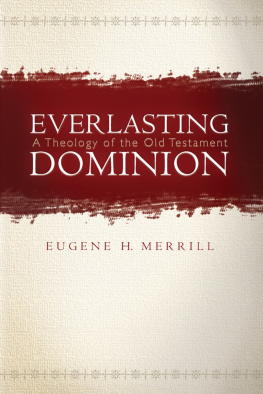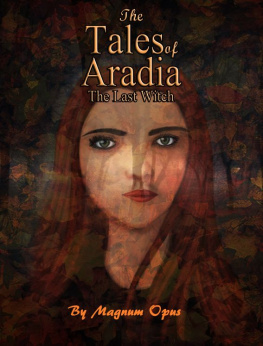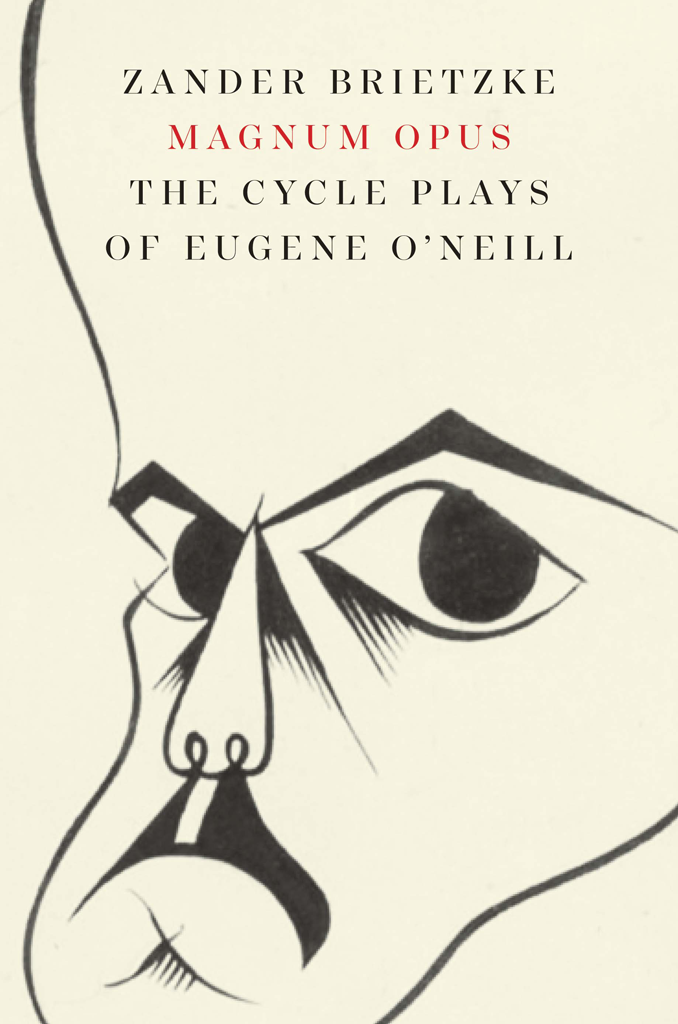MAGNUM OPUS
MAGNUM OPUS
THE CYCLE PLAYS OF EUGENE ONEILL
Zander Brietzke
Yale UNIVERSITY PRESS
New Haven & London
Published with assistance from the Kingsley Trust Association Publication Fund established by the Scroll and Key Society of Yale College, and from the foundation established in memory of Philip Hamilton McMillan of the Class of 1894, Yale College.
Copyright 2021 by Zander Brietzke.
All rights reserved.
This book may not be reproduced, in whole or in part, including illustrations, in any form (beyond that copying permitted by Sections 107 and 108 of the U.S. Copyright Law and except by reviewers for the public press), without written permission from the publishers.
Yale University Press books may be purchased in quantity for educational, business, or promotional use. For information, please e-mail (U.K. office).
Set in type by Newgen North America.
Printed in the United States of America.
Library of Congress Control Number: 2020943126 ISBN 978-0-300-24847-0 (hardcover : alk. paper)
An earlier version of Chapter 6 appeared in the Eugene ONeill Review (Vol. 40, no. 1, 2019) as Sara Melody: Stripped Stark Naked in the Cycle, by Zander Brietzke. Copyright 2019 The Pennsylvania State University, University Park, PA. This article is used by permission of the Pennsylvania State University Press.
A catalogue record for this book is available from the British Library.
This paper meets the requirements of ANSI/NISO Z39.48-1992 (Permanence of Paper).
10 9 8 7 6 5 4 3 2 1
With admiration for the groundbreaking research of Martha Gilman Bower, in memory of my Irish mama, Hazel Riley, and for Carol, the One
For what shall it profit a man, if he shall gain the whole world, and lose his own soul?
Mark 8:36 (KJV)
CONTENTS
PREFACE
I heard a very interesting paper by Martha Gilman Bower about More Stately Mansions at a Eugene ONeill conference in Tours, France, in 2003. Confusion surrounded the three versions of the play that existed. Bower discussed how she had discovered ONeills original typescript in the 1980s at the Beinecke Rare Book and Manuscript Library at Yale University, and she enumerated the significant problems she encountered before and after Oxford University Press published her unexpurgated version of the play. The new happy ending, she announced, was that Yale University Press had just contracted her to edit both A Touch of the Poet and More Stately Mansions in a combined softcover volume. I eventually published her account of these events in my inaugural issue as editor of the Eugene ONeill Review in 2004.
Much of what I thought I knew about More Stately Mansions turned out to be wrong. Although I did know that it was one of the Cycle playsONeills history of America through the lives of a single familyI had never contemplated the significant differences between Bowers version of the play and the previously published edition that was only about a third as long, or the 1967 Broadway production script that was even shorter. ONeill, I had read in all his biographies, wanted to destroy the play with the rest of his unfinished Cycle plays. His decision was good enough for me at that time. The Aesthetics of Failure (McFarland, 2001), my previous monograph on ONeill, had discounted the play as unworthy of serious study.
I could certainly not name the other plays of the proposed Cycle. The number ranged from as few as four to as many as eleven different plays. I knew A Touch of the Poet, but I had not read any of the other nine plays. Had ONeill burned them all? What was left? I could not keep track of all the various and variant titles. Many of them sounded the same. ONeill did not start at the beginning of his family saga and write chronologically to the end. The story started somewhere in the middle, then moved forward in time, and then receded well before the original starting point for the rest of the plays. And, to make matters worse, ONeill frequently switched titles between one play and another, making it very difficult to discern what play he was working on at a given time. Trying to figure out the intricacies of the whole thing seemed too big a mystery. The game was not worth the candle.
Ten years later, Felicia Hardison Londr invited me to write an essay on ONeills late plays for her book Modern American Drama: Playwriting in the 1940s (Bloomsbury, 2018). In search of a focal point for that article, something that might come across as both fresh and familiar, I considered intimate relationships and seized upon the female characters, including Sara Melody in A Touch of the Poet. I liked her dramatic split between passionate love for Simon Harford and greedy desire to climb economically and socially in the United States. Marriage becomes her means to make it, but she still loves her husband completely, if possessively, at the same time.
Saras story just gets started in A Touch of the Poet. More Stately Mansions is the sequel and picks up where the first play ends. Piqued by my initial interest in Sara as an unusually complex female character, I began to see her as the hero of the two plays. Moreover, I began to see the Cycle as only these two plays and Sara as the central figure. Research at the Beinecke convinced me that the two extant plays with Sara could represent the rest of the planned Cycle as one epic event. The Eugene ONeill Society hosted a conference in Galway, Ireland, fictional birthplace of Sara Melody, in 2017 and gave me an opportunity to introduce her as the protagonist of the Cycle.
Behind my portrait of Sara in the Cycle lurks the specter of my mother. She died as I finished the essay on women in the late ONeill plays, and I have no doubt that this book attempts both to recreate her life and to mourn her passing. ONeill clearly projected his childhood into More Stately Mansions with the mother-son relationship between Deborah and Simon. Ironically, I have paid short shrift to that bond in this study. That I did not pursue it is either a case of truth hitting too close to home, or simply a feeling of having been there and done that. That I transformed my mother into Sara rather than Deborah, into who she might have been instead of who she was, is a bit of dramatic license and wish fulfillment on my part. I have tried to project an image of Sara as a woman with a flattering array of attractive qualities as well as some significant flaws.
Beyond a personal psychodrama, the present cultural moment seems right for an epic work to critique rampant greed and capitalism run amuck. ONeill suggests that Sara knows the very simple solution to the severe situation in which she leads her family. He leaves it to the reader to figure it out as well. I have tried to write a book with a possible production in mind. Drawing on my training as an actor and a director and a scholar, Magnum Opus: The Cycle Plays of Eugene ONeill invites an audience to ponder its role in these turbulent times.
ACKNOWLEDGMENTS
I am grateful for the unflagging support, criticism, and encouragement of the Eugene ONeill Society throughout the development of this project. In particular, Dave King pored over the first draft and generously shared his lively questions, comments, considerable expertise, and unmatched copy editing skills. Beth Wynstra, a welcome ray of sunshine on academia, urged me through multiple drafts of the introductory chapter and did not let me settle for less than I could do. Dan and Carolyn McGovern of the Eugene ONeill Foundation in Danville, California, patiently endured my talk and talk about the book and forced me out of my bad habit to bury the lead. Rob Dowling, the current president of the ONeill Society, endorsed my book proposal and weathered both the first and third drafts of the manuscript with good cheer, critical insights, and unwavering optimism. The new editor of the









